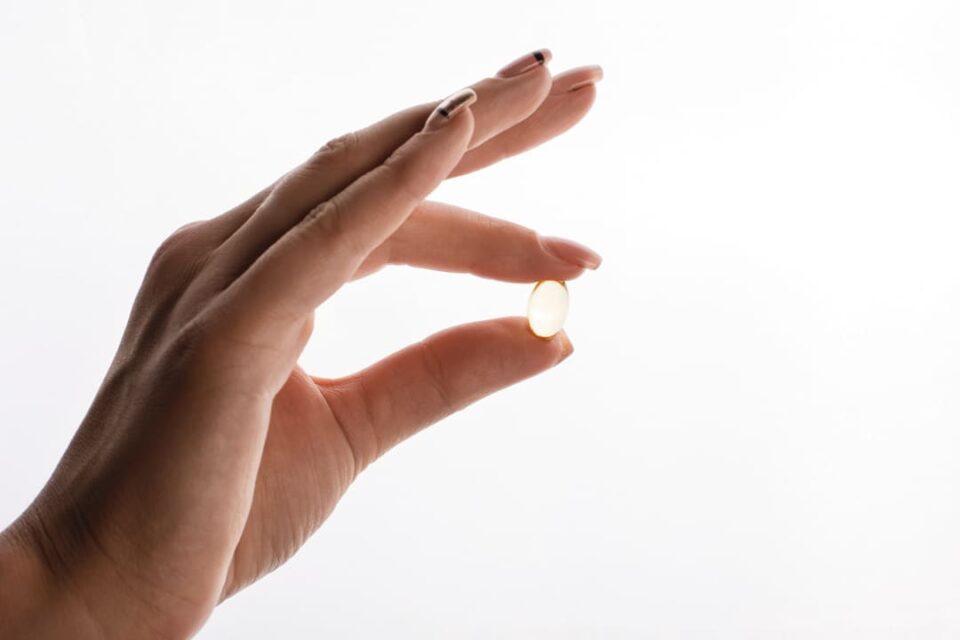Vitamin D is crucial for bone health and regulating calcium absorption, but many people are deficient in this “sunshine vitamin.” Our bodies synthesize vitamin D when our skin is exposed to UV rays from sunlight. However, people who live in northern latitudes or spend less time outdoors may not produce enough. This makes supplementation with synthetic vitamin D an attractive option. But what is synthetic vitamin D made from?
In this blog, I will overview the chemistry of vitamin D, both natural and synthetic forms, look at common manufacturing processes, discuss safety and regulations, compare to vitamin D from food, and explain why we may need supplements in the first place. My goal is to comprehensively cover this topic and answer the titular question for a broad audience. Let’s dive in!
Overview of Vitamin D Chemistry
First, a quick chemistry lesson. There are two main forms of vitamin D relevant to human health – vitamin D2 (ergocalciferol) and vitamin D3 (cholecalciferol). Both can be considered synthetic if manufactured.
Vitamin D2 has a double bond between carbons 22 and 23 and a methyl group at carbon 24. Vitamin D3 has a double bond between carbons 5 and 6, with no methyl group on carbon 24. These structural differences slightly change their biological activity and potency.
Manufacturing Process
The active ingredient for most synthetic vitamins D2 and D3 is derived from plant sterols or cholesterol from lanolin (sheep’s wool grease). Through chemical alteration, these precursors are converted into potent vitamin D forms.
Vitamin D2 starts with ergosterol from yeast or mushrooms. Vitamin D3 begins with 7-dehydrocholesterol from lanolin. They go through similar irradiation, extraction, purification, crystallization, drying, milling, and blending processes to yield a stable ingredient that can be formulated into tablets, capsules, oils, etc. State-of-the-art facilities using stringent quality controls are employed to generate a highly standardized nutraceutical product.
Regulation and Safety
All manufacturing processes for synthetic vitamins must adhere to Good Manufacturing Practices (GMP) per the Food and Drug Administration’s (FDA) standards. All ingredients must be demonstrated safe via toxicity studies before market approval.
The FDA also sets tolerable Upper Intake Levels (UL) – the maximum dose unlikely to cause harm. The vitamin D ULs for adults are 100 mcg (4000 IU) per day from all sources. As long as synthetic forms meet quality guidelines and do not exceed these thresholds, they have an excellent safety profile. Of course, the Vitamin D Council recommends maintaining 25(OH)D blood plasma levels between 40-60 ng/ml for optimal health – well below where toxicity may occur.
Synthetic vs Dietary Sources
While we can get vitamin D from some foods like fatty fish, fish liver oils, cheese, egg yolks, and irradiated mushrooms, it is difficult to get enough from diet alone. Sunlight and supplementation are the most reliable for meeting our needs.
Synthetic forms have the advantage of being highly standardized for guaranteed potency. Their bioavailability and effects on serum 25(OH)D levels are essentially equivalent to vitamin D from food sources. The raw materials and manufacturing processes are tightly controlled to ensure a consistent nutritional supplement.
Who Needs Vitamin D Supplements?
Due to lifestyle and environmental factors, vitamin D deficiency is quite prevalent, especially in higher latitudes far from the equator during winter months. Some groups are at heightened risk.
- Older adults with less skin melanin undergo less vitamin D synthesis
- People with limited sun exposure due to climate, dress code, or indoor living/work
- Those with gastrointestinal issues impeding vitamin D absorption
- People with kidney or liver dysfunctions disrupting vitamin D activation
- Obese individuals who sequester more vitamin D in body fat
- Breastfed infants rely completely on maternal vitamin D reserves
The Endocrine Society recommends supplementing with 1500-2000 IU of vitamin D per day for adults at risk of deficiency not getting enough from sun exposure or foods. Synthetic D2 or D3 effectively meets this requirement.
Conclusion
Synthetic vitamin D is manufactured from sterols in plants or sheep’s wool lanolin that undergo chemical processes to yield potent vitamin D2 or D3. These highly standardized ingredients reliably boost vitamin D status when sun exposure or food sources are insufficient. Supplementation with synthetic forms helps correct widespread nutrient shortfalls. I hope this overview has illuminated what goes into making this valuable supplement! Please share any lingering questions.

